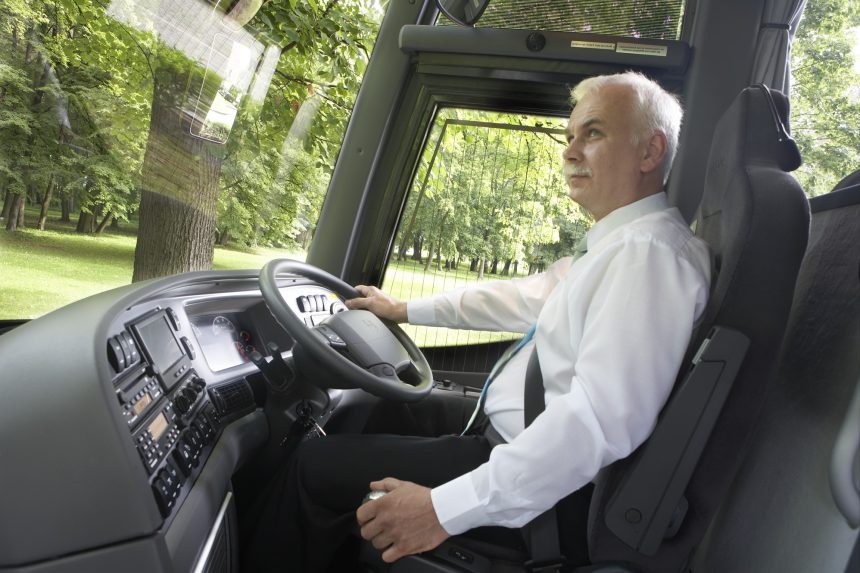JMW Solicitors’ expert offers advice on updates to guidance on drivers working in the EU and rules regarding hiring self-employed drivers
I read in your last edition of routeone that PSVs engaged in international journeys to/from the EU must still comply with the requirements in relation to the fitment of Smart Tachograph 2. I have since read further information that suggests the requirement does not apply to PSVs. Can you confirm the position?
Previously, I explained the Department for Transport’s (DfT) announcement on 17 December 2024, which confirmed that international PSV journeys to/from the EU are subject to AETR (and not EU) drivers’ hours and tachograph rules (meaning the requirements are now significantly different for HGVs and PSVs).
That announcement had, however, confirmed that the requirement to fit Smart Tachograph 2 was unaffected — in other words, that retrofitting was still required for PSVs engaged in international journeys to/from the EU.
DfT has since issued a further update, confirming the current position to be as follows:
- PSVs on international journeys to/from the EU should be subject to AETR rules
- the retrofitting requirements arise under the retained EU (and not the AETR) rules
- the EU will be enforcing the AETR rules for PSVs – which do not include a retrofitting requirement
- UK legislation is to be updated to apply the AETR rules to PSVs on international journeys to/from the EU
- until the UK legislation has been amended, DVSA will not be enforcing the retrofitting requirements for PSVs
In short, the retrofitting requirements do not apply to PSVs!
I want to take on a couple of drivers to cover the occasional ski trip over the coming weeks and possibly the odd tour over the summer. Can I take them on as self-employed drivers?
The short answer is no!
How PSV operators engage their drivers has been under scrutiny by the Traffic Commissioners for some time and, as standard in all cases, the DVSA and Traffic Commissioners will explore whether an operator’s arrangements for engaging drivers are compliant.
This stems from HMRC concerns that operators were wrongly treating drivers as self-employed in ways that did not comply with tax laws.
HMRC issued guidance, which confirmed that it is “very rare” for a commercial vehicle driver to be genuinely self-employed (regardless of the label given to the relationship) unless they are an owner-driver (and have their own O-Licence and vehicle — in other words, they are a sub-contractor).
That guidance has been adopted by the Traffic Commissioners and the Upper Tribunal and is reflected in the Senior Traffic Commissioner’s Statutory Documents.
It is now widely acknowledged that: (i) regardless of the size of the transport business, it will be very rare for a driver to be genuinely self-employed unless they are an owner-driver; (ii) engaging “self-employed” drivers, when their status is properly that of a worker or employee, is anti-competitive and prejudicial to fair competition in the industry (as the payment of, for example, National Insurance contributions, pensions contributions, holiday entitlement and sickness entitlement is avoided); and (iii) a relationship of self-employment is inconsistent with an operator’s and Transport Manager’s responsibilities under the O-Licence to have continuous and effective management of the transport operation.
The expectation is that drivers are directly engaged as employees or workers “on the books” (this can take the form of casual workers on zero-hours contracts) or are engaged as “temporary” workers through a bona fides driver agency that supplies drivers to multiple operators.
Any operators found to be engaging “self-employed” drivers are expected to regularise the position or risk regulatory action against their O-Licence.
For a free legal consultation with JMW Solicitors, contact Laura Hadzik on laura.hadzik@jmw.co.uk / 0345-450 7726
Email your legal questions for future issues to routeone on editorial@route-one.net






























